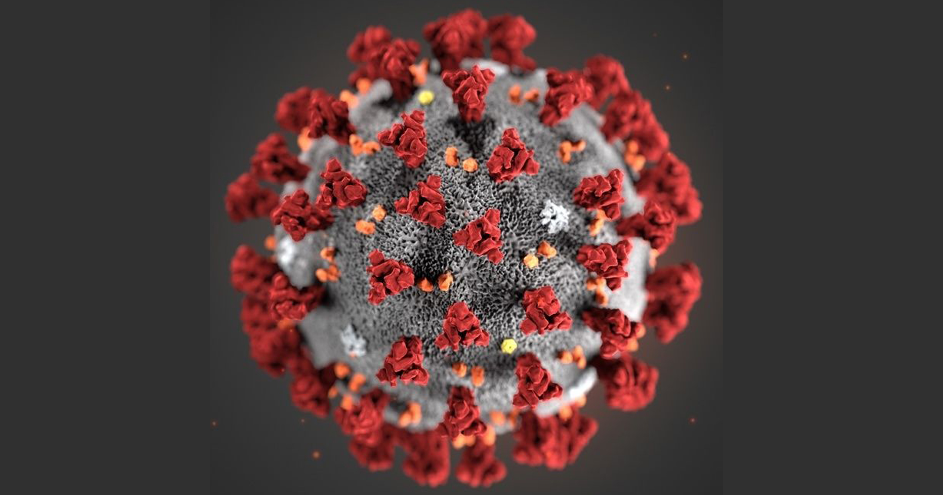
12 May THE MAIN TARGET-ORGAN OF SARS-CoV-2
IS COVID-19 A RESPIRATORY DISEASE OR RATHER A DISEASE OF THE ENDOTHELIUM?

The left picture shows the lungs (the main organ of the respiratory system), while the right picture shows vessels, the inner lining of which is made of a single layer of endothelial cells.
When a virus enters the body, it looks for human cells with its favorite ‘doorways’ — proteins on the outside of the cells serving as receptors. If the virus finds a compatible receptor on a cell, it can invade. Some viruses are picky about which ‘door’ they choose, while others are a little more promiscuous and can penetrate into almost all types of cells.
Researchers believe SARS-CoV2 uses the same receptor as SARS-CoV (a type of coronavirus that causes Severe Acute Respiratory Syndrome and caused an outbreak mainly in Asia in 2003), namely ACE2 (angiotensin-converting enzyme 2). However, we should keep in mind that there are significant knowledge gaps when it comes to SARS-CoV-2 and this claim remains to be further solidified. This ACE2 doorway can be found in many organs (lungs, small intestines, endothelium).
Coronaviruses are so far known to attack the lungs as a direct target. Nevertheless, they can cause problems in other organs of the body too. A 2014 study showed that 92 percent of patients with MERS-CoV (Middle East Respiratory Syndrome-coronavirus which causes a viral respiratory infection known as camel flu) had at least one manifestation of the coronavirus outside the lungs. In fact, signs of a full body ‘attack’ have been witnessed with all three of the zoonotic coronaviruses (SARS-CoV, MERS-CoV and the newest SARS-Cov2). ‘But this isn’t necessarily a sign that the virus itself is spreading throughout the body’; it might be a cytokine storm’, says Angela Rasmussen, a virologist at Columbia University. Briefly, the cytokine storm refers to a hyperactive immune response which goes haywire in a bid to save the body resulting in immune cells attacking not only infected but also healthy cells.
A very recent study, however, published by the University Hospital Zürich, suggests that it is likely that the direct target of SARS-CoV-2 might not be the lungs, as previously assumed. Instead, as the authors suggest, SARS-CoV2 might directly attack the body’s defense system via the ACE2 receptors found (also) in endothelial tissue, which lines the blood vessels. According to the paper, the virus can then spread and cause a general inflammation of the endothelial tissue, which in turn disrupts endothelium’s protective function. The paper findings imply that the virus not only triggers the inflammation of the lungs, which then causes further complications, but is also directly responsible for systemic endotheliitis — an inflammation of the whole endothelial tissue in the body affecting all vessel beds; in heart, brain, lung and every type of vessels.
The authors base their preliminary conclusions on the findings they got out of three patients, using electron microscopy and histological analysis. The results show the presence of 1. viral elements within endothelial cells (meaning that the endothelium was possibly directly targeted by the virus and not damaged only through the ‘cytokine storm’) and 2. an accumulation of inflammatory cells. These findings suggest that SARS-CoV-2 infection facilitates the induction of endotheliitis in several organs as a direct consequence of viral involvement (as noted with presence of viral bodies) and of the host inflammatory response. The authors believe that their findings explain the cardiovascular complications rapidly emerging as a key threat in coronavirus disease 2019 (COVID-19) in addition to respiratory disease.
Nonetheless, further scientific work — using a more systemic approach and a bigger number of data and patients over the following months — remains to be done before we can safely accept or reject the above suggestion.



Sorry, the comment form is closed at this time.